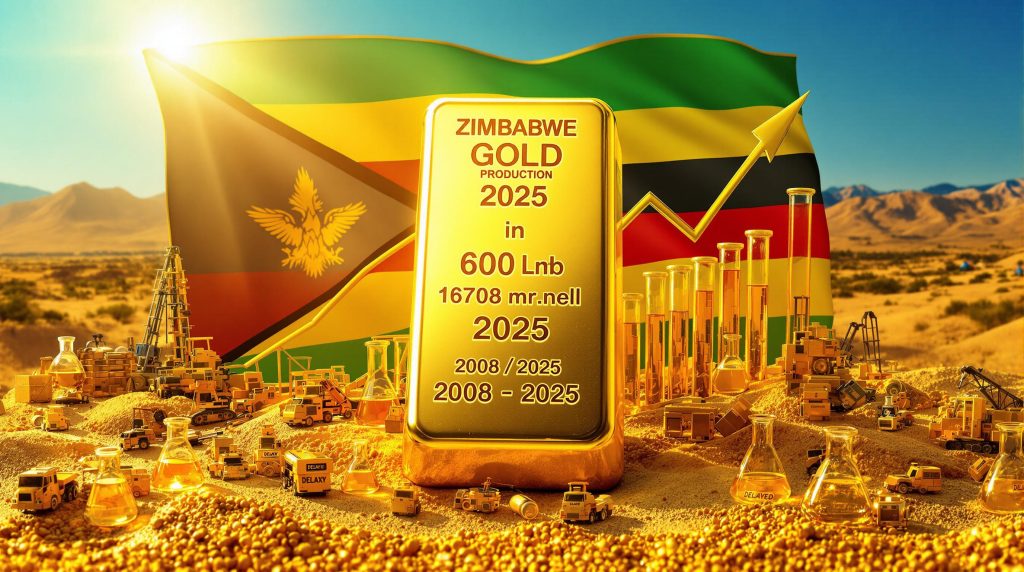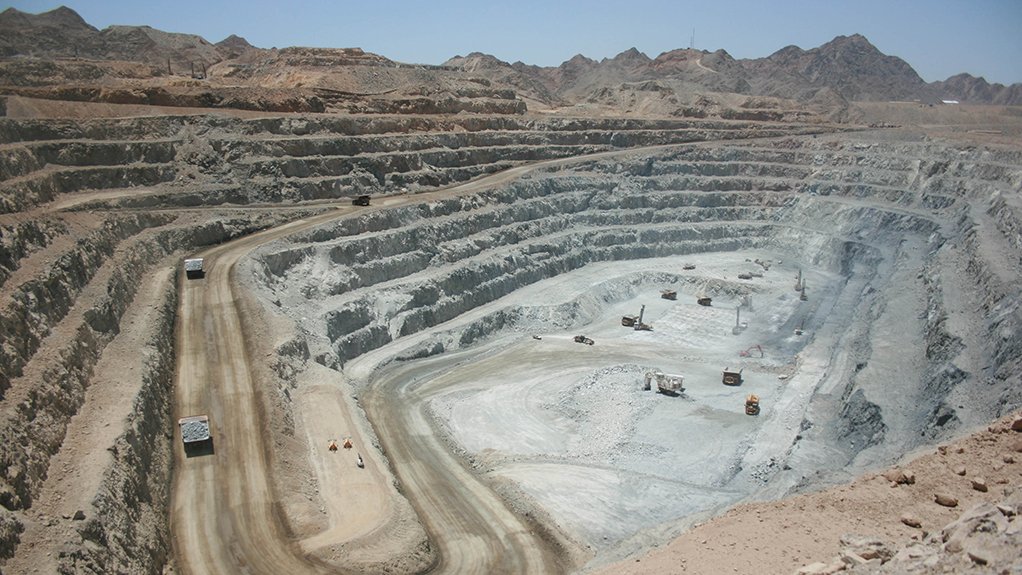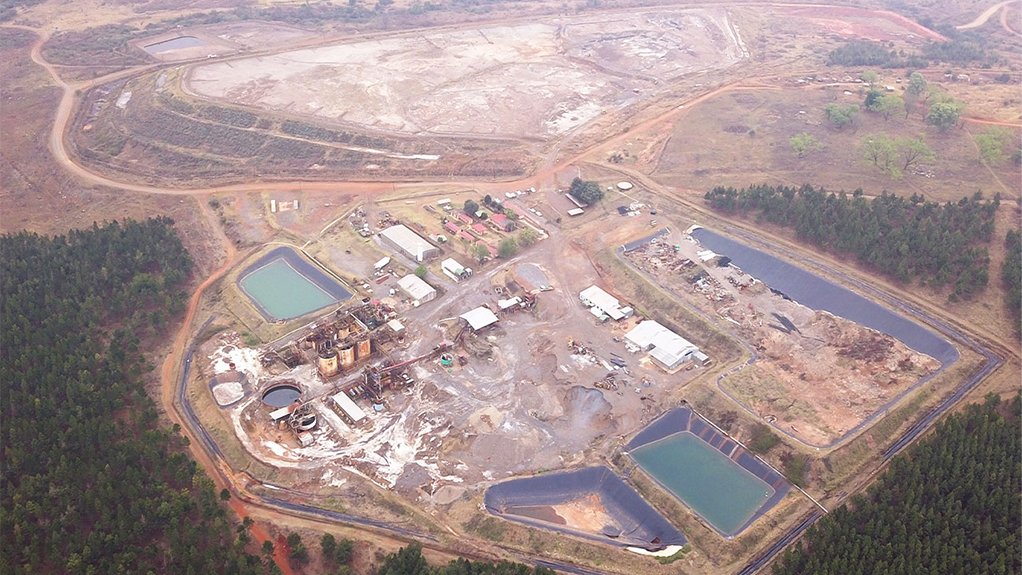Precious Metals

Zimbabwe’s Gold Sector to Achieve Record Highs in 2025

Zimbabwe’s gold industry is on a historic run. In June 2025, the sector earned US$393.87 million from exports of 4.27 tonnes, the highest monthly output on record. By mid-year, cumulative deliveries had already reached 20.1 tonnes, well ahead of the 13.87 tonnes achieved in the same period of 2024. With momentum this strong, analysts believe Zimbabwe is on track to surpass its official 40-tonne annual target, with some projections suggesting the final figure could reach 50 tonnes.
Behind these impressive numbers, the government and industry have set their sights higher.
Over the past year, officials have floated the idea of scaling Zimbabwe’s gold output to 100 tonnes annually.
Mines Minister Winston Chitando confirmed that a framework was being drafted to lift annual deliveries beyond 100 tonnes and boost gold export earnings to over US$4 billion.
The immediate past president of the Chamber of Mines, Thomas Gono, has described the target as achievable, provided miners gain access to affordable electricity and more than US$1 billion in new investment for exploration, mechanisation, and plant upgrades.
Producers themselves have cautiously endorsed the vision, saying the goal is realistic under the right policy environment.
June’s record output underscores the potential, but it also raises critical questions about whether Zimbabwe can sustain such growth and what needs to change to reach the next level.
The surge in output has been driven largely by artisanal and small-scale miners (ASM). In June, ASM delivered 3.31 tonnes, an all-time record accounting for nearly 80% of total production.
In the first half of 2025, ASM deliveries reached 14.5 tonnes, almost double the 7.7 tonnes recorded in the same period last year.
Their performance reflects deliberate policy incentives, including full USD payments, competitive buying prices, and the mine-to-market tracking system introduced in late 2024 to curb leakages from side-marketing.
Large-scale producers, on the other hand, continue to face challenges. Their output rose slightly to 0.953 tonnes in June, but high labour costs, unreliable electricity, and the 30% export surrender requirement continue to weigh heavily on operations.
Platinum producers have already resisted surrender obligations this year, highlighting the tension between policy and sector efficiency.
Structural Bottlenecks
While current figures are encouraging, scaling from 40–50 tonnes to 100 tonnes annually will require significant reforms.
Beyond the estimated US$1 billion needed for exploration, mechanisation, and beneficiation, Zimbabwe loses an estimated US$1.5 billion annually to gold smuggling, limiting the benefits of official deliveries. Infrastructure gaps, particularly in power supply, remain a critical constraint.
Regionally, Zimbabwe’s ambitions stand against Africa’s top producers.
Ghana, the continent’s leading gold producer, is projected to deliver 158 tonnes in 2025, while Mali and Burkina Faso will each produce around 100 tonnes.
South Africa, despite ageing mines, maintains output near 100 tonnes annually. These benchmarks show that Zimbabwe’s 100-tonne aspiration is not unrealistic, but achieving it will require scaling up large-scale investments while continuing to formalise ASM operations.
Global Tailwinds, Local Choices
Global gold prices are also supporting Zimbabwe’s prospects. Prices averaged above US$3,400 per ounce in the first half of 2025, peaking at US$3,500 in April, with projections of US$3,700 by year-end.
This has helped lift Zimbabwe’s earnings to US$1.84 billion in the first half of the year, a 25.7% increase from 2024.
These favourable market conditions present a unique opportunity. But without reforms to reduce surrender requirements, invest in exploration and infrastructure, and curb smuggling, the country risks plateauing before reaching the 100-tonne mark.
Looking ahead, the government’s ambition to transform Zimbabwe into a 100-tonne producer is bold, and June’s record output demonstrates the sector’s potential. However, achieving this milestone will require more than strong global prices.
It demands policy consistency, significant capital inflows, and a careful balance between supporting ASM and revitalising large-scale mining operations.
For now, Zimbabwe’s gold sector is riding a wave of historic performance. Whether this momentum can be converted into long-term structural growth and eventually the 100-tonne target depends on the decisions made today.












